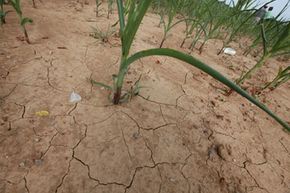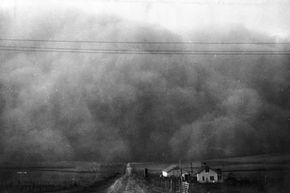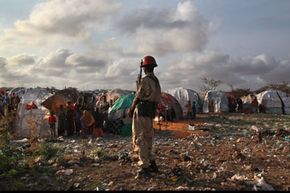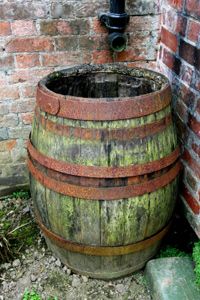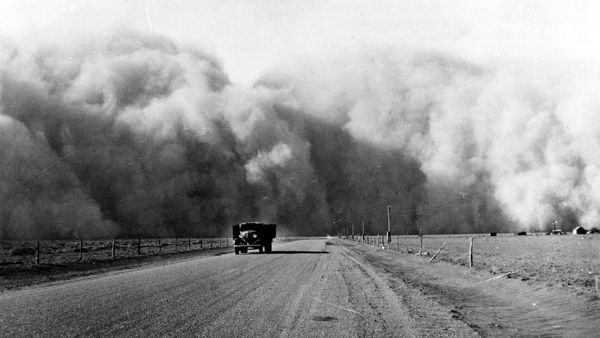Key Takeaways
- Drought is a prolonged dry period resulting from a shortage of rainfall, leading to a hydrologic imbalance where evaporation and transpiration outpace precipitation.
- There are four types of drought: meteorological, focusing on dry weather patterns; agricultural, affecting crops; hydrological, affecting water supplies; and socioeconomic, impacting society and economies.
- Factors contributing to drought include high-pressure zones causing lower humidity and precipitation, with La Niña conditions also playing a role in triggering droughts in various regions.
Venture through Namibia's central Namib Desert and you'll find salt marshes where vegetation and creatures as large as the great, horned oryx scrape out a harsh existence, surrounded by some of the largest sand dunes on Earth.
Not all of these marshes stood the test of time. In the curious site that is Deadvlei, the water table has long since receded from the clay, and the ground is dry and fissured. Skeletal trees 900-years-dead stand scorched in the sun, solemn testaments to the destructive power of drought.
Advertisement
Throughout Earth's history, drought has reduced whole species to bone, toppled empires into ruin and altered continental landscapes. For all our modern conveniences, drought still poses a substantial threat. Between 50,000 and 100,000 people died amidst East Africa's devastating 2011 drought [source: Tisdall]. In the U.S., 2012 drought conditions ranked as the worst in 50 years and diminished corn crops, affecting both the food and corn ethanol markets [source: West]. In fact, the U.S. Department of Agriculture predicted that 2012 drought conditions alone would raise 2013 food prices by 5 percent [source: McDermott].
We are creatures of water. We live on a world of water, and wherever hospitable temperatures and abundant water coexist on the planet, the marvel of life flourishes.
But what happens when the rains cease and the riverbanks withdraw? Everything from abundant grasses to apex predators suffers the consequences.
Advertisement

